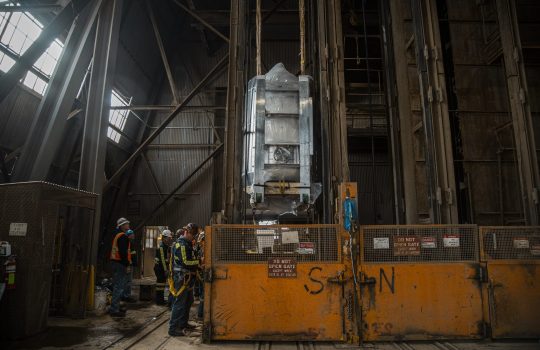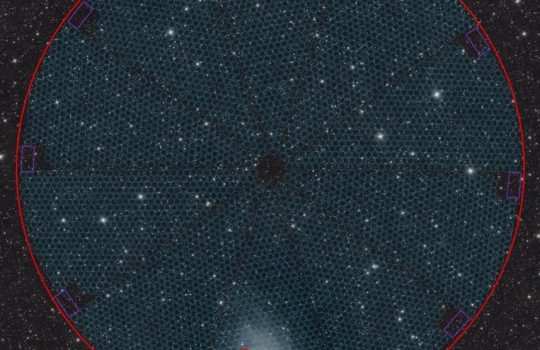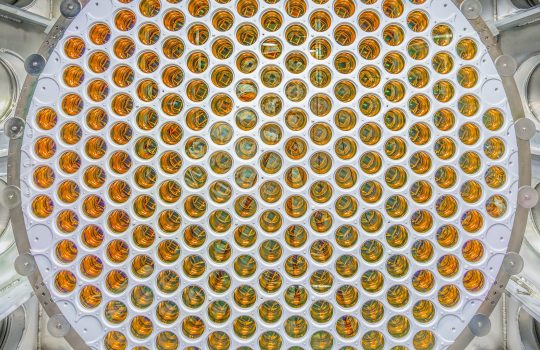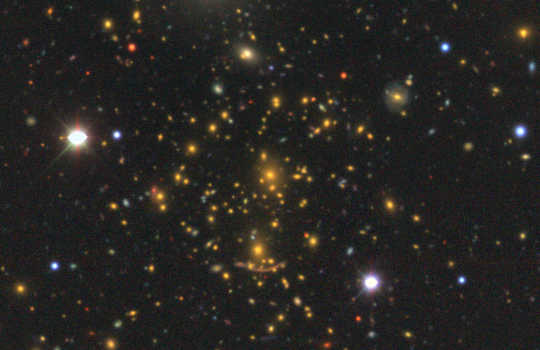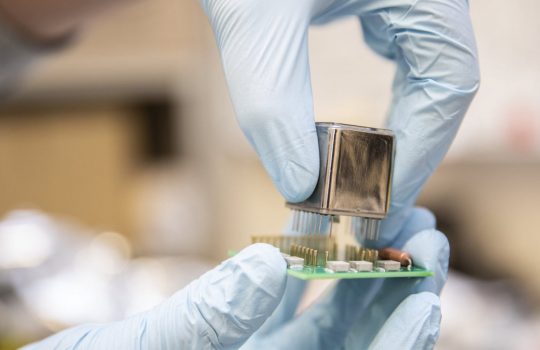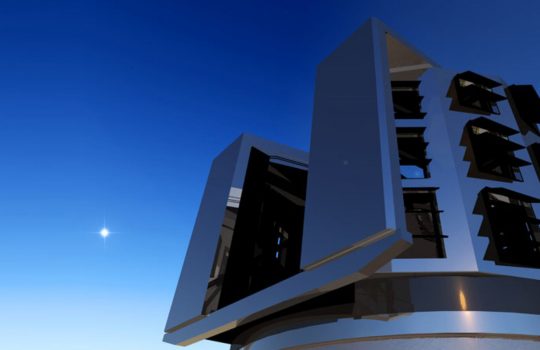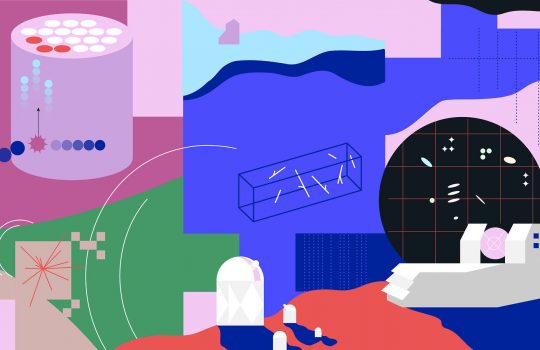Dark matter experiment’s central component takes a deep dive — nearly a mile underground
The cryostat for Berkeley Lab’s LUX-ZEPLIN experiment — the largest direct-detection dark matter experiment in the U.S. — is successfully moved to its research cavern. This final journey of LZ’s central detector on Oct. 21 to its resting place in a custom-built research cavern required extensive planning and involved two test moves of a “dummy” detector to ensure its safe delivery.

